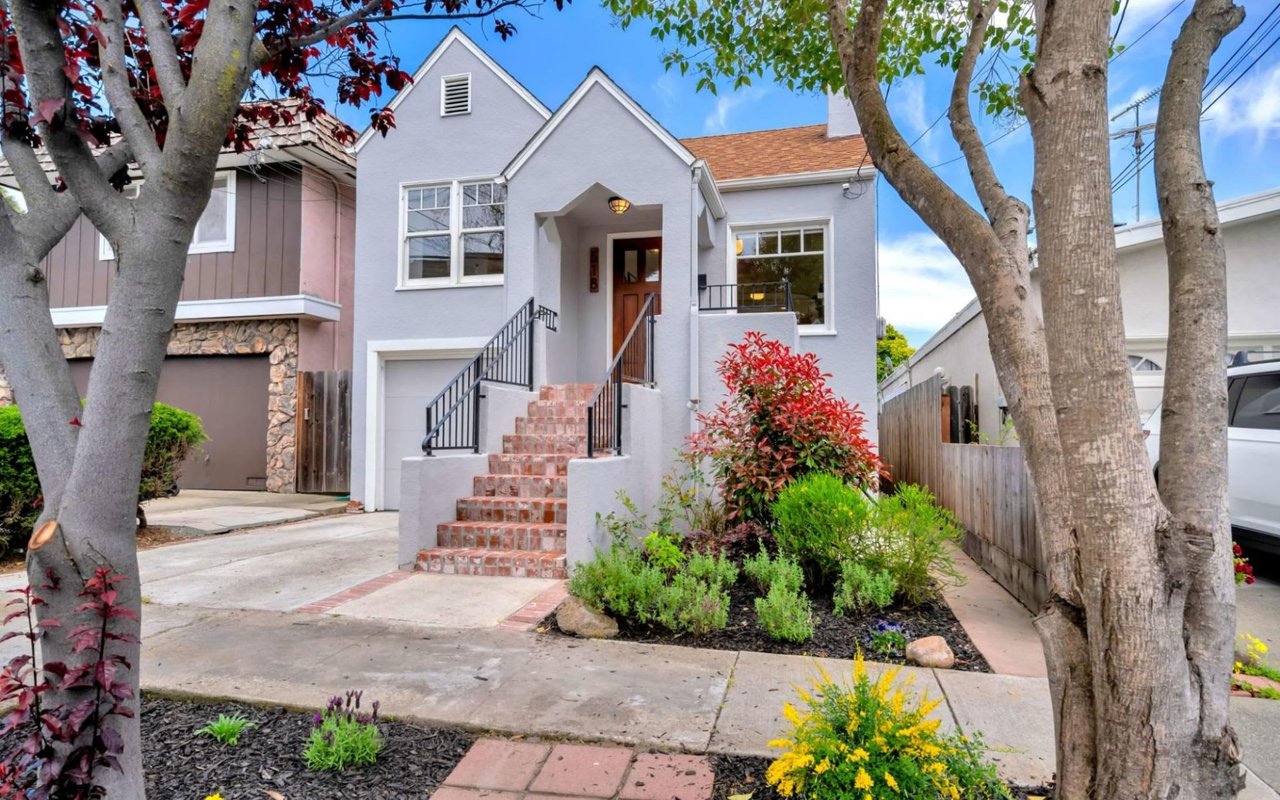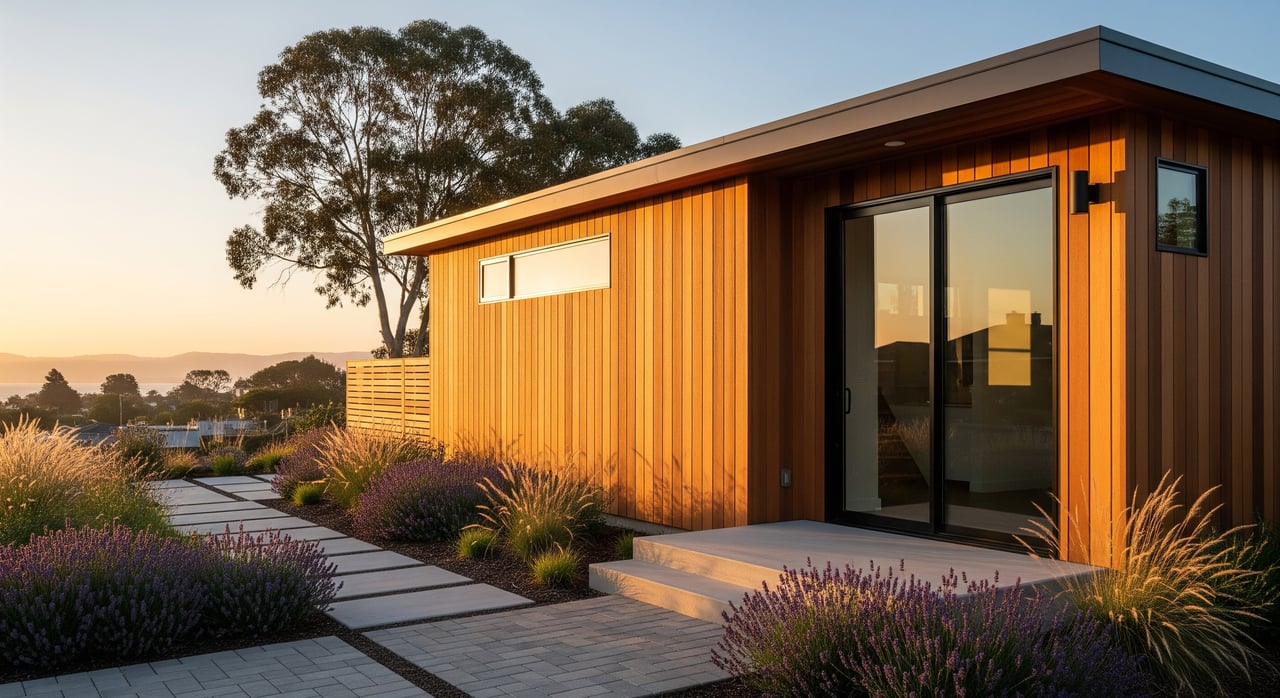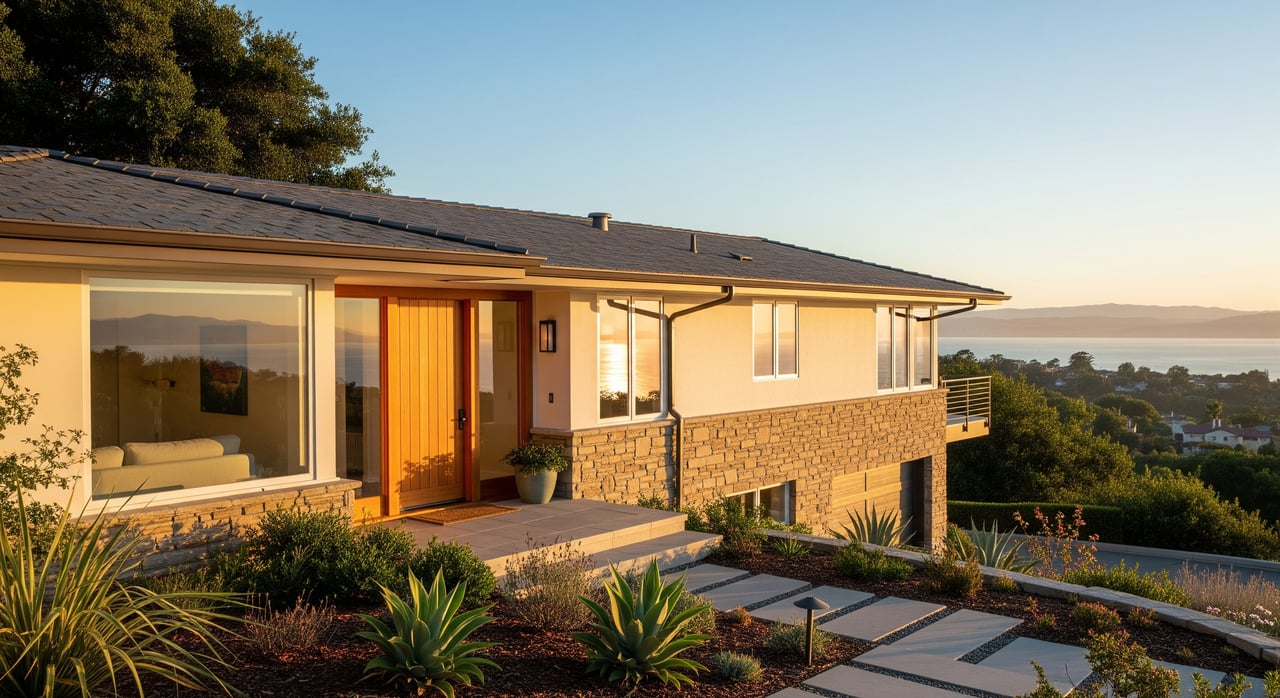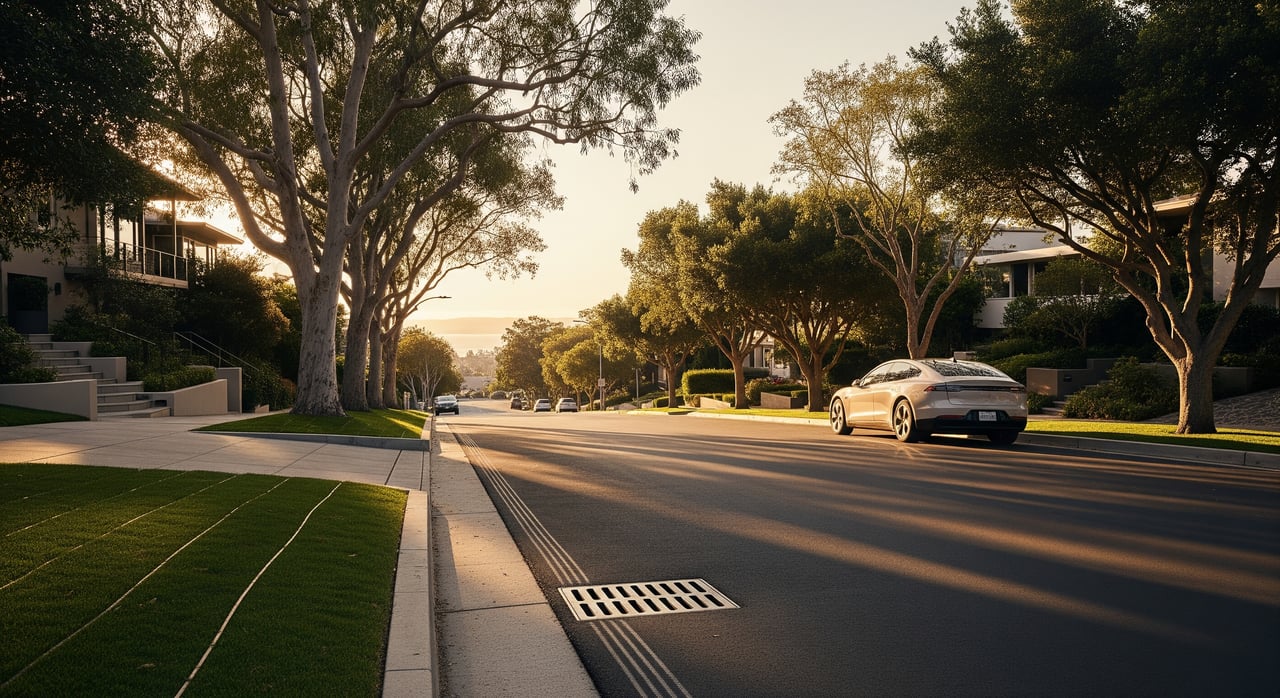Whether you're contemplating a serene getaway home or looking to delve into the realm of real estate investments, understanding the differences between buying a second home and purchasing an investment property is crucial. As the market evolves, including the
El Cerrito homes for sale, potential buyers must navigate these waters with clear financial and lifestyle objectives. This blog outlines the fundamental distinctions and considerations that differentiate these two real estate endeavors.
Purpose and Use
The primary difference between a second home and an investment property lies in their intended use. A second home is typically purchased for personal use, often as a vacation home or a place to retire in the future. These properties are usually located in places the buyer finds desirable for personal relaxation or family retreats.
On the other hand, an investment property is bought primarily to generate income, through either long-term leasing or short-term rentals. Additionally, investment properties can appreciate in value, offering the potential for capital gains upon resale. For example, El Cerrito homes for sale may attract investors due to the area's growing market values and rental demands.
Financing
Financing terms for second homes and investment properties differ significantly, primarily due to the level of risk associated with each. Mortgages for second homes often have similar interest rates to primary residences, although they may require a higher down payment. Lenders see second homes as less risky because owners are more likely to prioritize payments for residences they use.
Investment properties, conversely, usually come with higher interest rates and require a larger down payment — sometimes as much as 20% to 25%. This is due to the perceived higher risk, as investors might default on these loans if rental income does not cover mortgage payments. Potential investors in markets like El Cerrito must evaluate these costs against the expected rental income.
Tax Implications
Tax treatment also varies between second homes and investment properties. For second homes, mortgage interest and property taxes are generally tax-deductible, similar to primary residences. If the second home is rented out for fewer than 14 days a year, the income earned is tax-free.
Investment properties offer broader tax benefits. Owners can deduct not only interest and taxes but also costs related to maintenance, improvements, and depreciation. These deductions can significantly offset income, making investment properties particularly attractive from a tax perspective. For properties in areas such as
El Cerrito, where homes for sale might see frequent tenant turnover, these benefits are substantial.
Risk and Returns
Investing in any real estate comes with its own set of risks and returns, which vary widely between second homes and investment properties. Second homes are often seen as riskier from an investment standpoint because they are frequently located in vacation markets, which can be volatile. However, they offer personal enjoyment that doesn’t come with financial metrics.
Investment properties typically focus on income generation and capital appreciation. The risk is usually tied to the property's occupancy and the regularity of rental income, which can fluctuate based on market conditions and property management. Investors eyeing markets like El Cerrito homes for sale need to assess these factors closely to ensure a stable and profitable investment.
Management Responsibilities
Owning a second home generally involves less management effort, especially if it's only used by the owner and not rented out. In contrast, investment properties require active management, including finding tenants, maintaining the property, and handling legalities like lease agreements and tenant rights.
For properties in high-demand areas like El Cerrito, owners might opt for professional property management services to handle these duties, adding to the investment's operating expenses but potentially increasing its profitability through professional upkeep and tenant management.
Long-term Strategic Planning
Purchasing a second home is often driven by personal desire and lifestyle choices and is considered a long-term asset that might be passed down through generations. Investment properties are typically part of a broader financial strategy aimed at building wealth through real estate.
Potential buyers looking into El Cerrito homes for sale must decide which type of property aligns best with their long-term financial goals and personal aspirations. Understanding the market, aligning with strategic financial planning, and preparing for the differing commitments of second homes versus investment properties are crucial steps in this process.
A Real Estate Partner Can Help You Make the Right Choice
Deciding between buying a second home and investing in a property involves weighing personal use against income potential, different financial and tax implications, management responsibilities, and the overall purpose of the purchase. Each type of property serves different goals and comes with unique benefits and challenges.
For those considering expanding their real estate portfolio in El Cerrito or elsewhere, it is advisable to
consult with a knowledgeable real estate professional such as
Mark Choi, who can provide guidance tailored to your specific circumstances and goals. If you’re navigating the complexities of the real estate market, seeking expert advice can help ensure that your property decisions align with both your personal and financial objectives.










